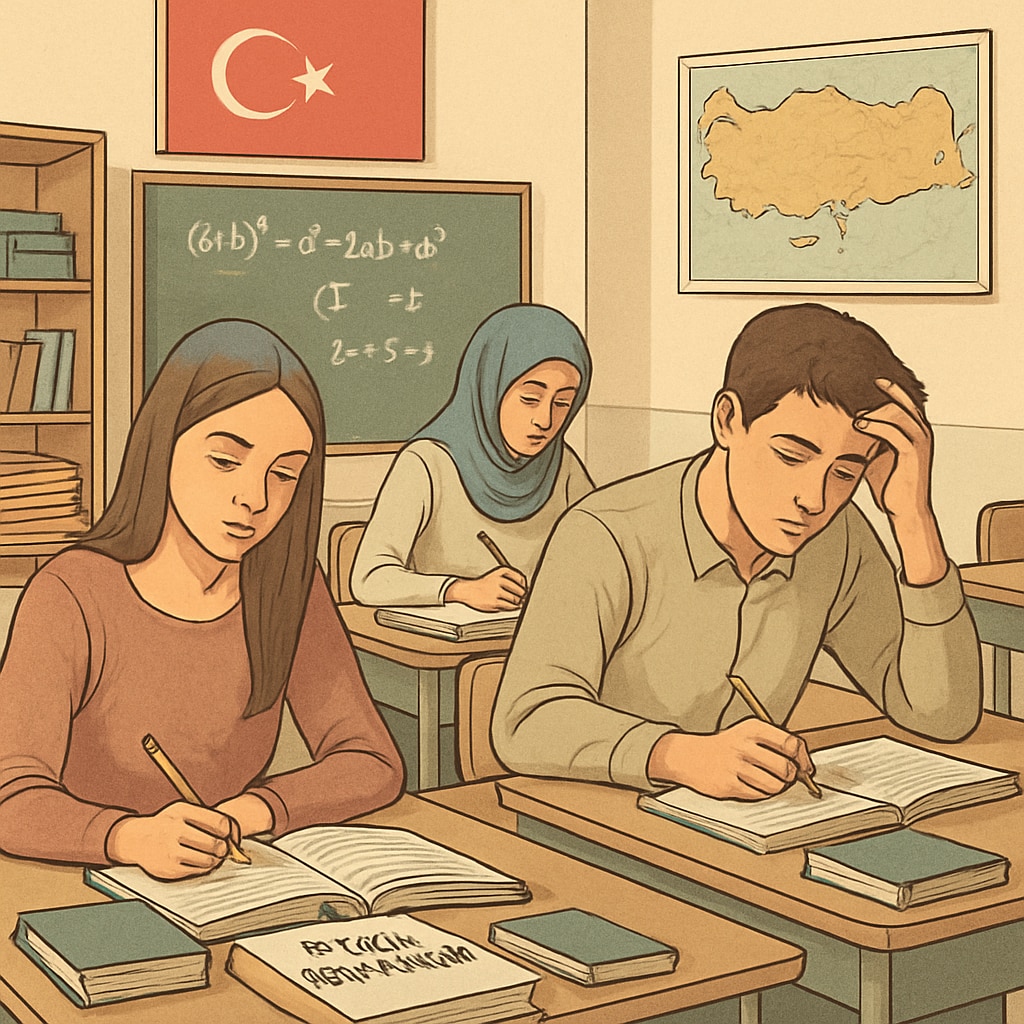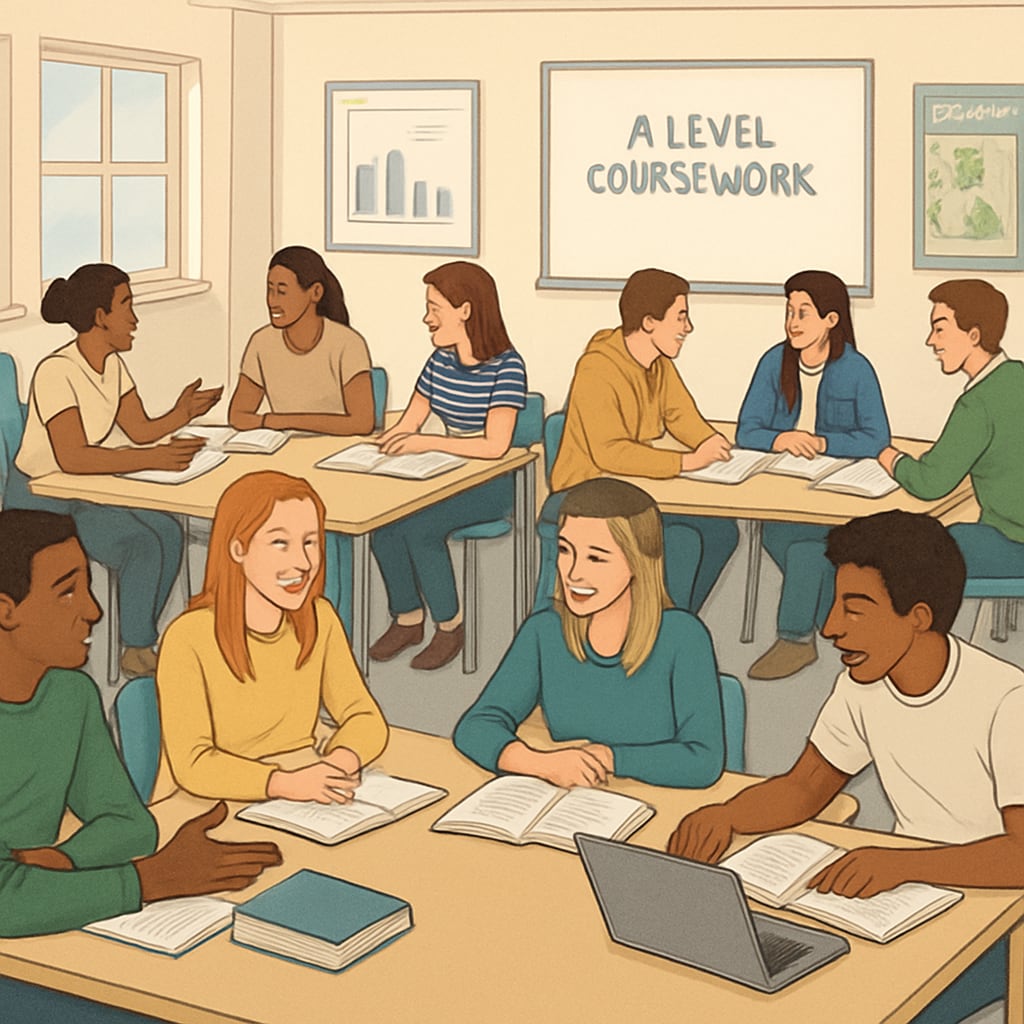In Turkey, the education system centers heavily on high-stakes exams, which often suppress creativity and student motivation. Conversely, the A Level system in the UK provides a flexible, student-centered approach that encourages independent learning and deep engagement with subjects of interest. This article examines the limitations of Turkey’s exam-driven model and contrasts it with the UK’s A Level system to explore how strategic reforms could unlock students’ potential.
Challenges of Turkey’s Exam-Driven Education Model
Turkey’s primary and secondary education systems focus intensely on standardized testing. Students face national exams such as the LGS (High School Entrance Exam) and the YKS (University Entrance Exam), which are pivotal to determining their academic and professional futures. This pressure creates an environment where rote memorization and test preparation overshadow creativity, critical thinking, and a genuine love for learning.
The consequences of this exam-centric approach are significant:
- Suppressed Creativity: The focus on achieving high scores limits opportunities for students to think creatively or explore subjects beyond the curriculum.
- High Stress Levels: The constant pressure to perform well in exams leads to anxiety and burnout among students.
- Narrow Learning Focus: Emphasis on passing exams often neglects broader skills like communication, teamwork, and problem-solving.
As a result, the Turkish system prioritizes short-term outcomes over long-term personal and intellectual development.

The UK’s A Level System: A Student-Centered Alternative
In contrast, the UK’s A Level (Advanced Level) system offers a flexible and student-centered educational model. Designed for students aged 16-19, A Levels allow learners to select three to four subjects they are passionate about, enabling deeper exploration and mastery. This approach shifts the focus from standardized testing to subject-specific knowledge and skills development.
The key features of the A Level system include:
- Subject Choice: Students choose subjects aligned with their interests and career aspirations, fostering intrinsic motivation.
- Independent Learning: The curriculum encourages students to take ownership of their education through research, projects, and critical analysis.
- Assessment Flexibility: While exams remain part of the evaluation, coursework and practical assessments provide a more holistic measure of student achievement.
This model not only prepares students for higher education but also equips them with skills that are essential for lifelong success.

Lessons for Turkey: A Path Toward Education Reform
Turkey’s education system could benefit significantly from adopting elements of the A Level model. A shift toward a more flexible, student-centered approach could address many of the current system’s shortcomings. By focusing on student interests and providing diverse assessment methods, Turkish schools could inspire creativity, reduce stress, and cultivate a love for learning.
Potential reforms might include:
- Introducing Subject Choices: Allow students to select subjects based on their strengths and interests, similar to the A Level model.
- Diversifying Assessment Methods: Incorporate coursework, projects, and practical assessments alongside exams to provide a more comprehensive evaluation of student abilities.
- Reducing Exam Pressure: Shift focus from high-stakes exams to continuous assessment and skill development.
Implementing these changes would require significant investment in teacher training, curriculum development, and policy adjustments. However, the long-term benefits for students and society as a whole would be transformative.
For further reading on education systems, visit Education on Britannica and A Level on Wikipedia.
In conclusion, transitioning from Turkey’s exam-driven education system to a more flexible, student-centered model like the UK’s A Level could unlock the full potential of Turkish students. By fostering creativity, reducing stress, and encouraging independent learning, Turkey can pave the way for a brighter educational future.
Readability guidance: This article uses short paragraphs, lists to summarize key points, and transitions to ensure clarity. The focus remains on presenting a balanced comparison while avoiding overly long sentences or technical jargon.


